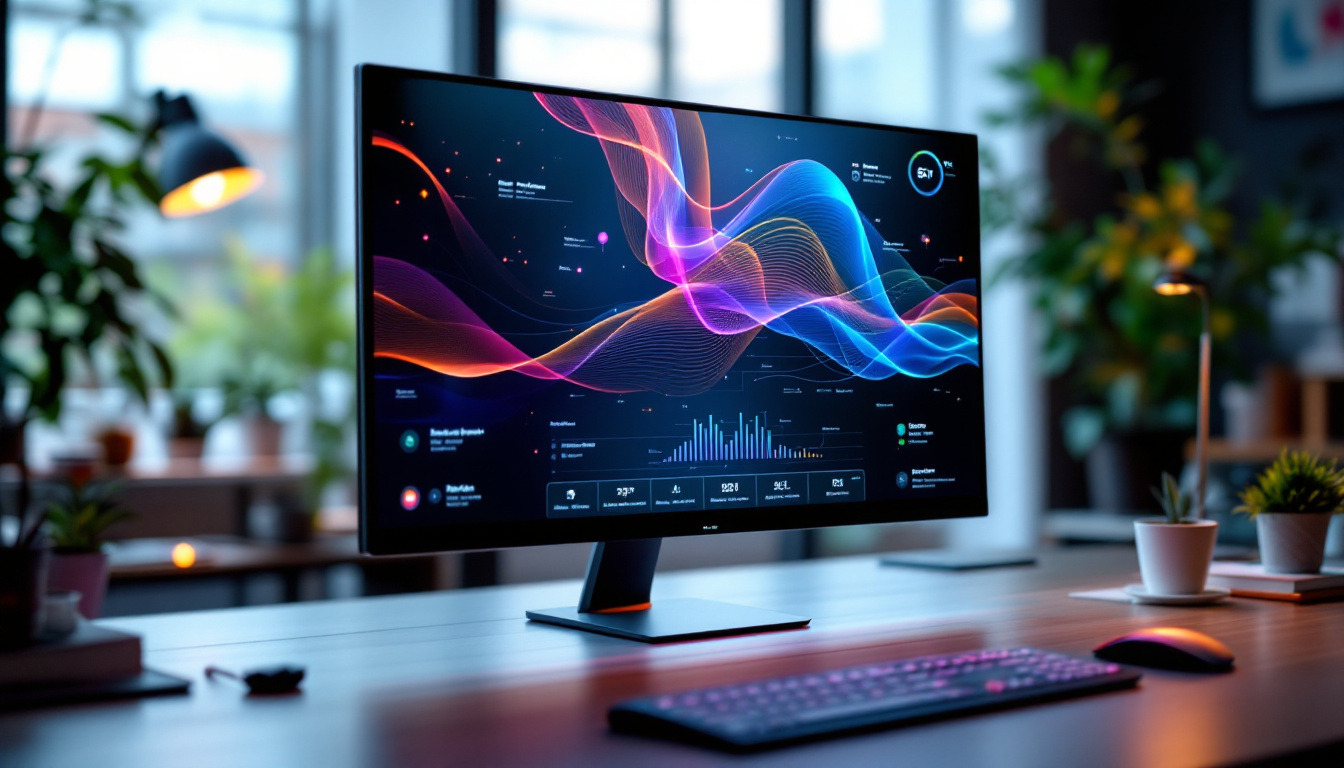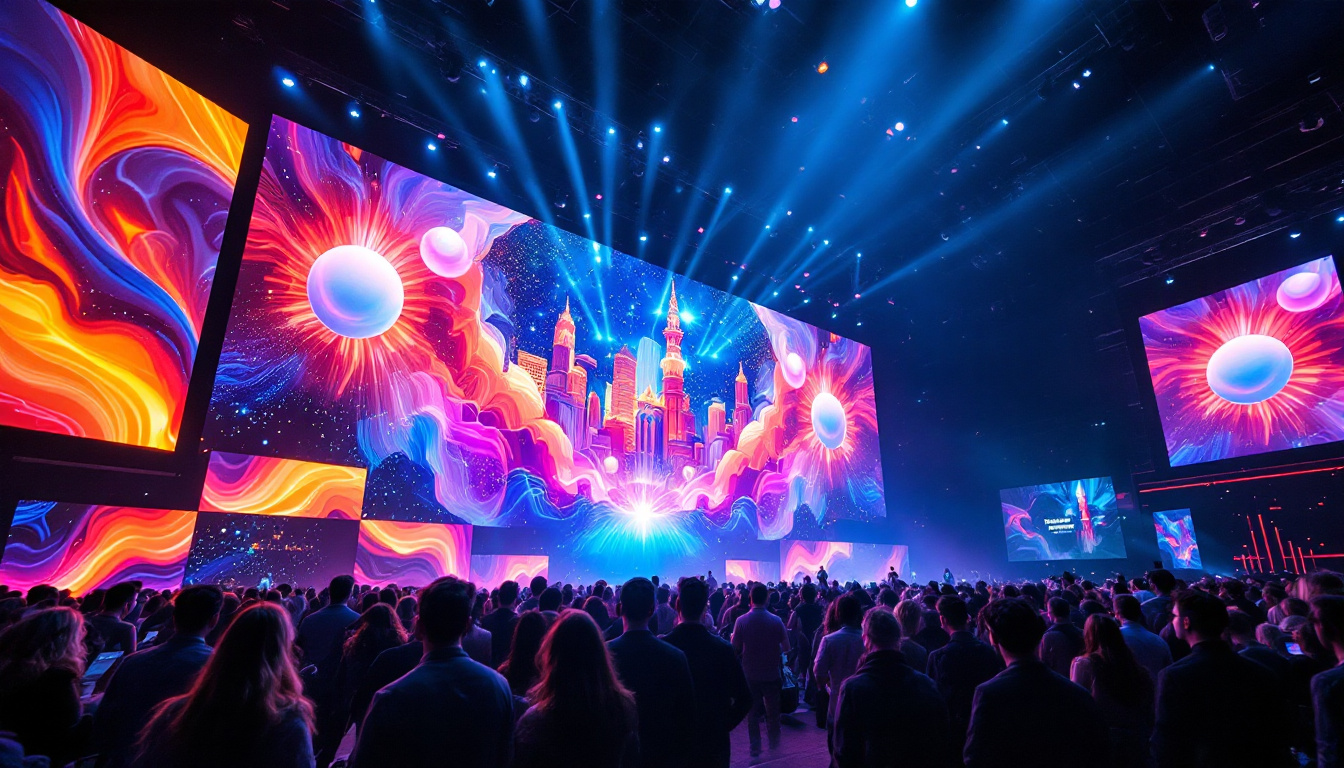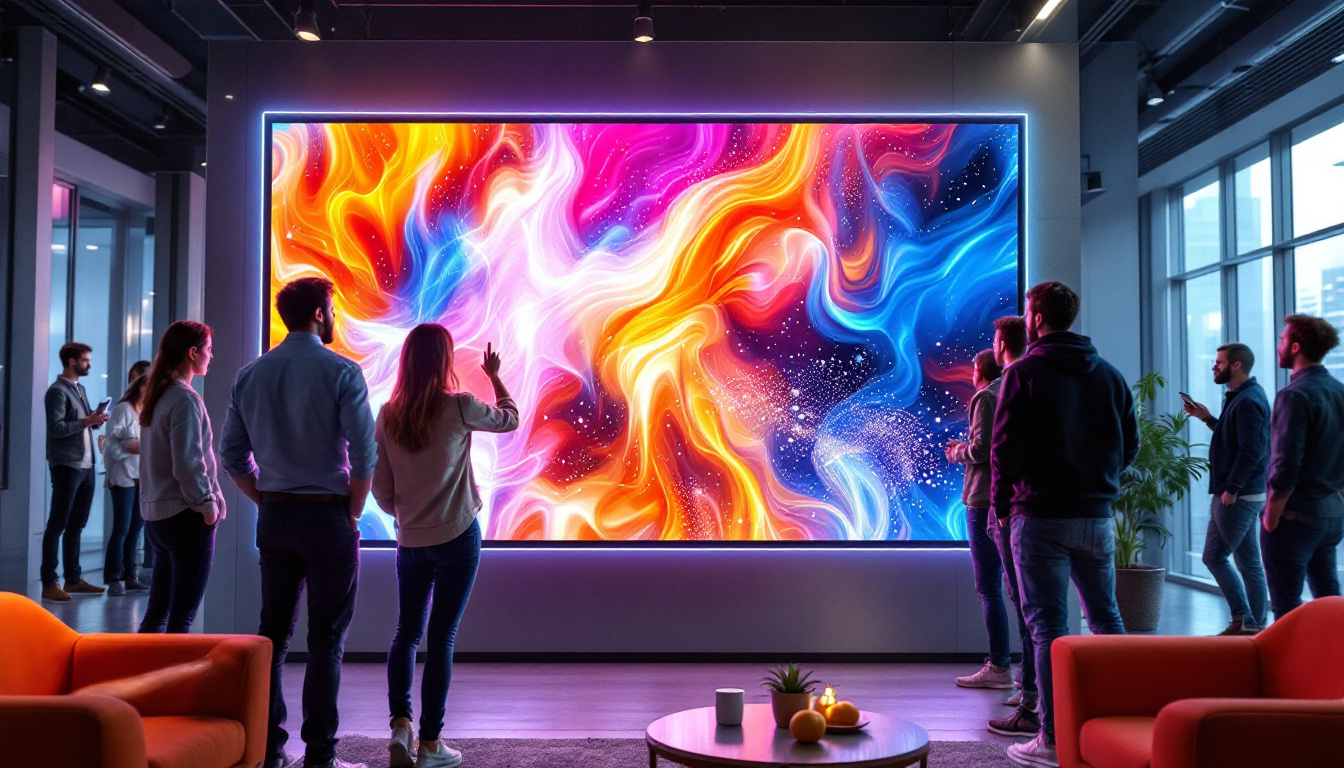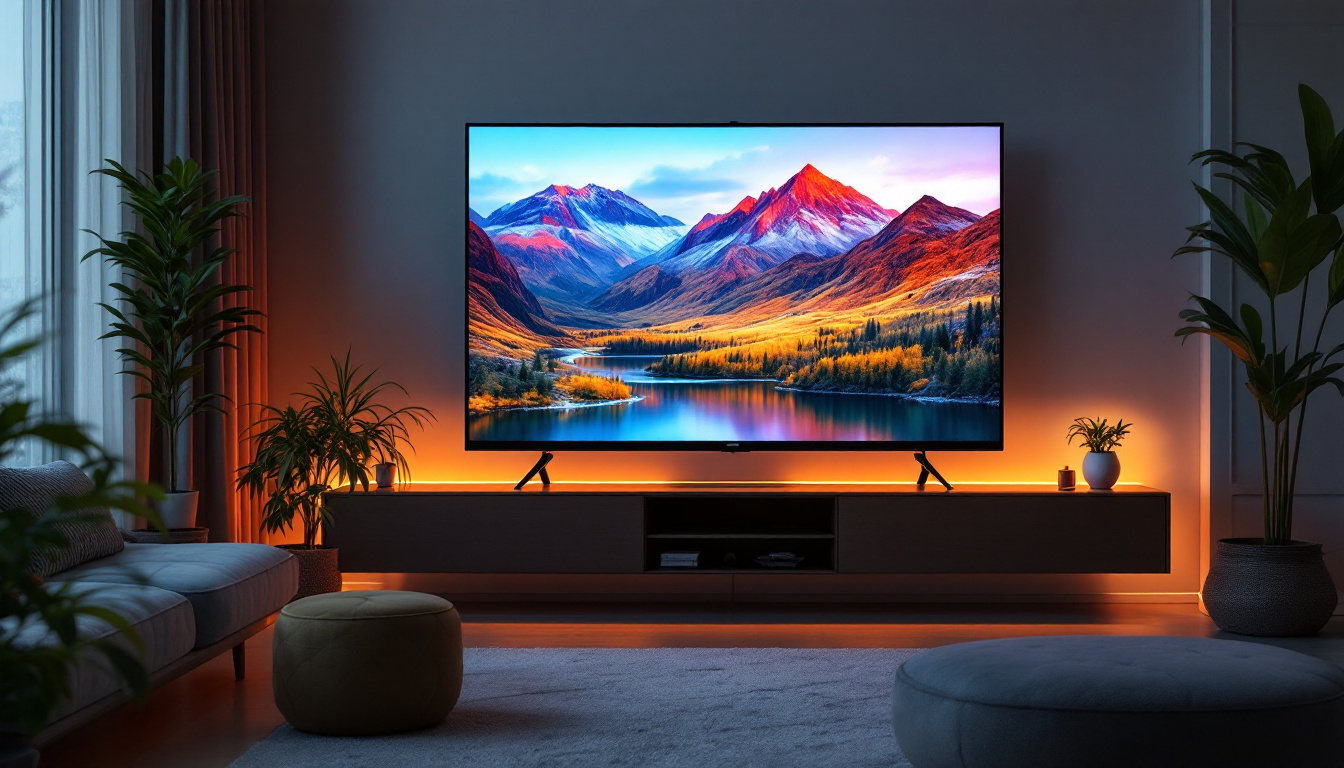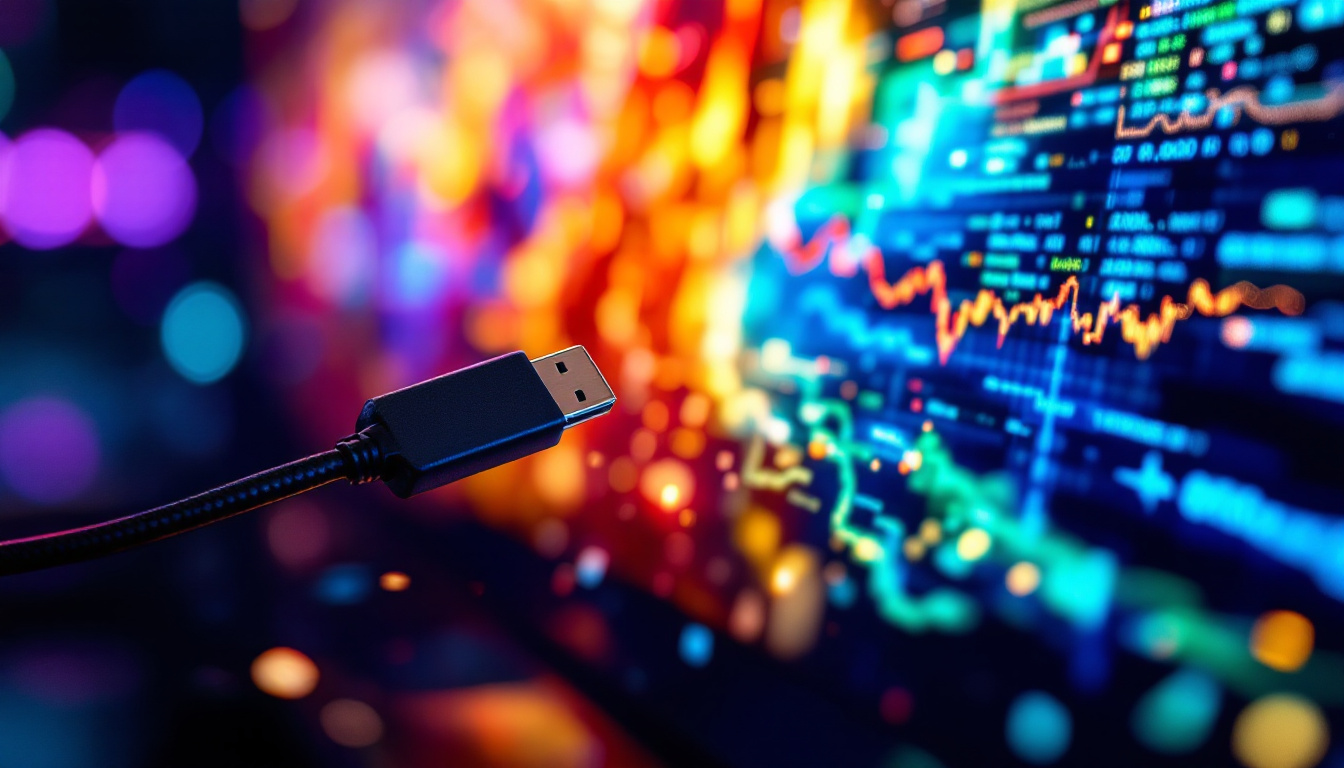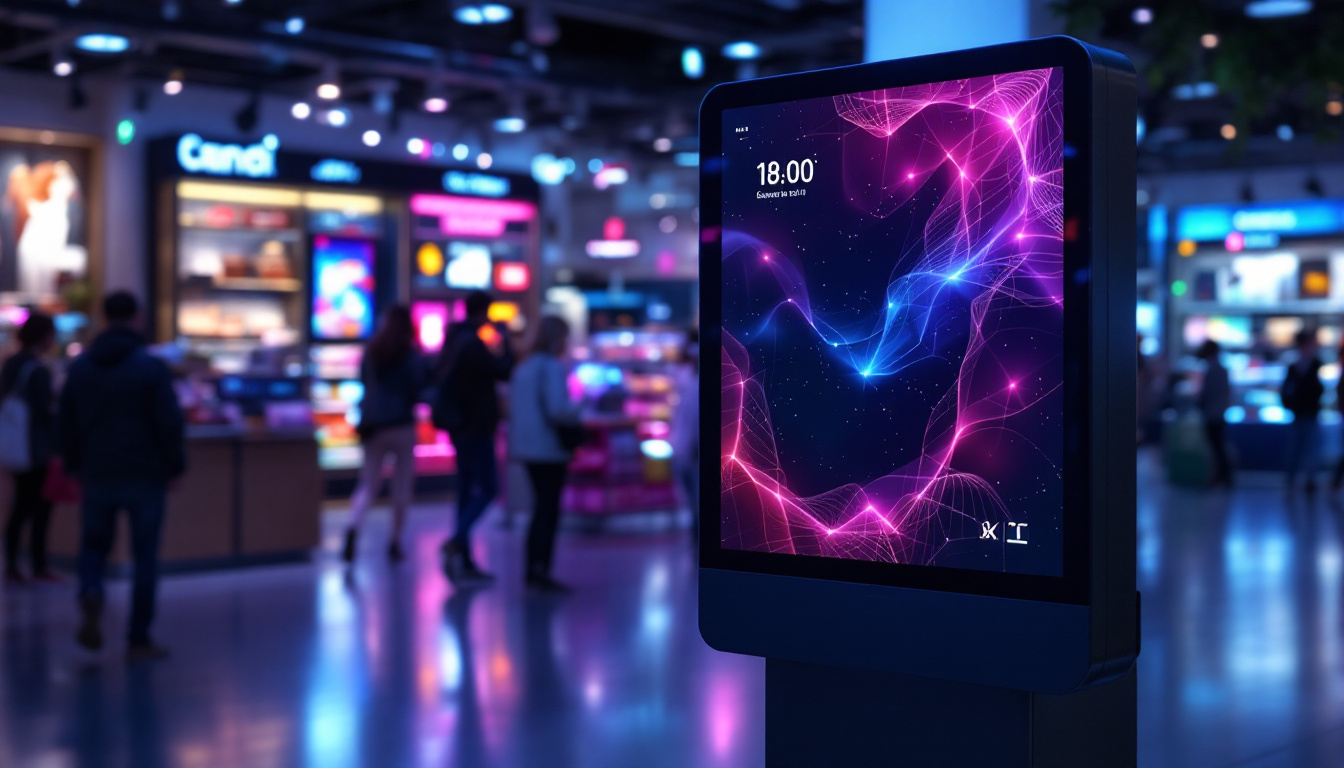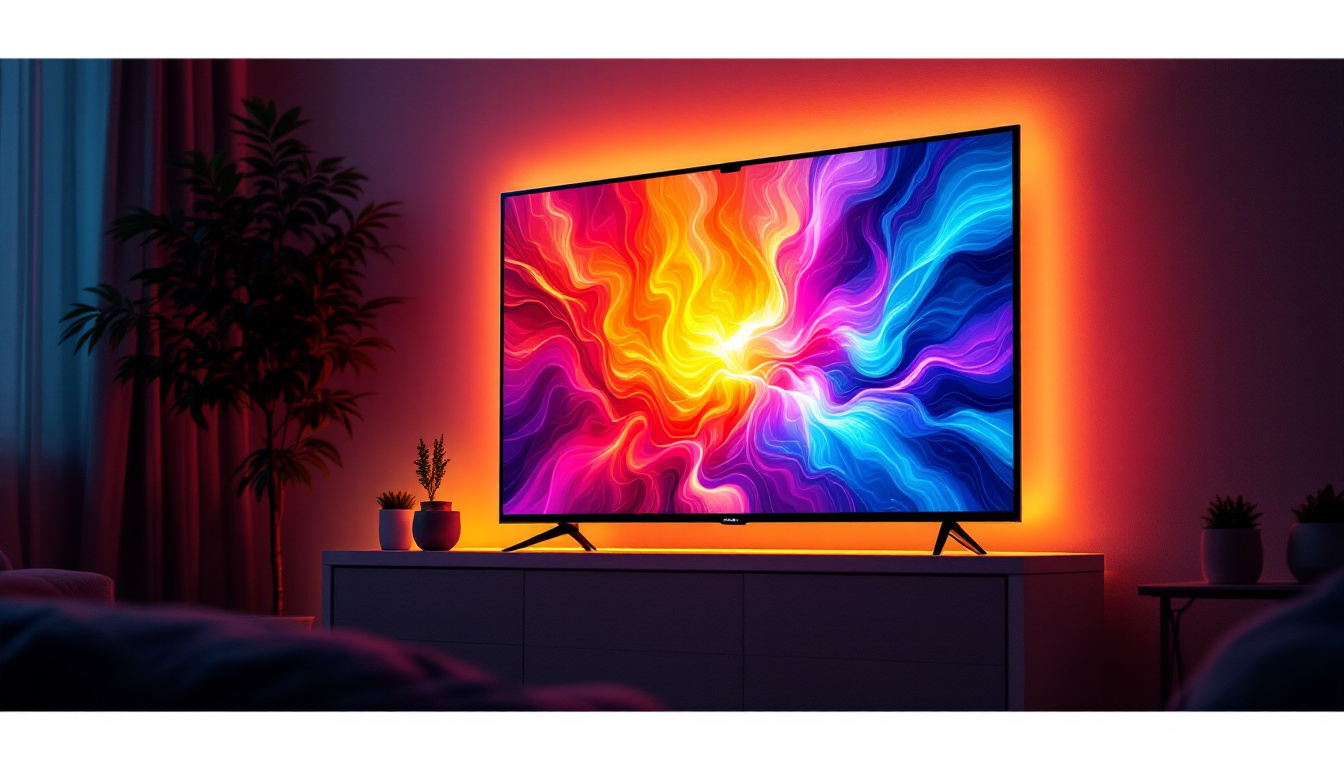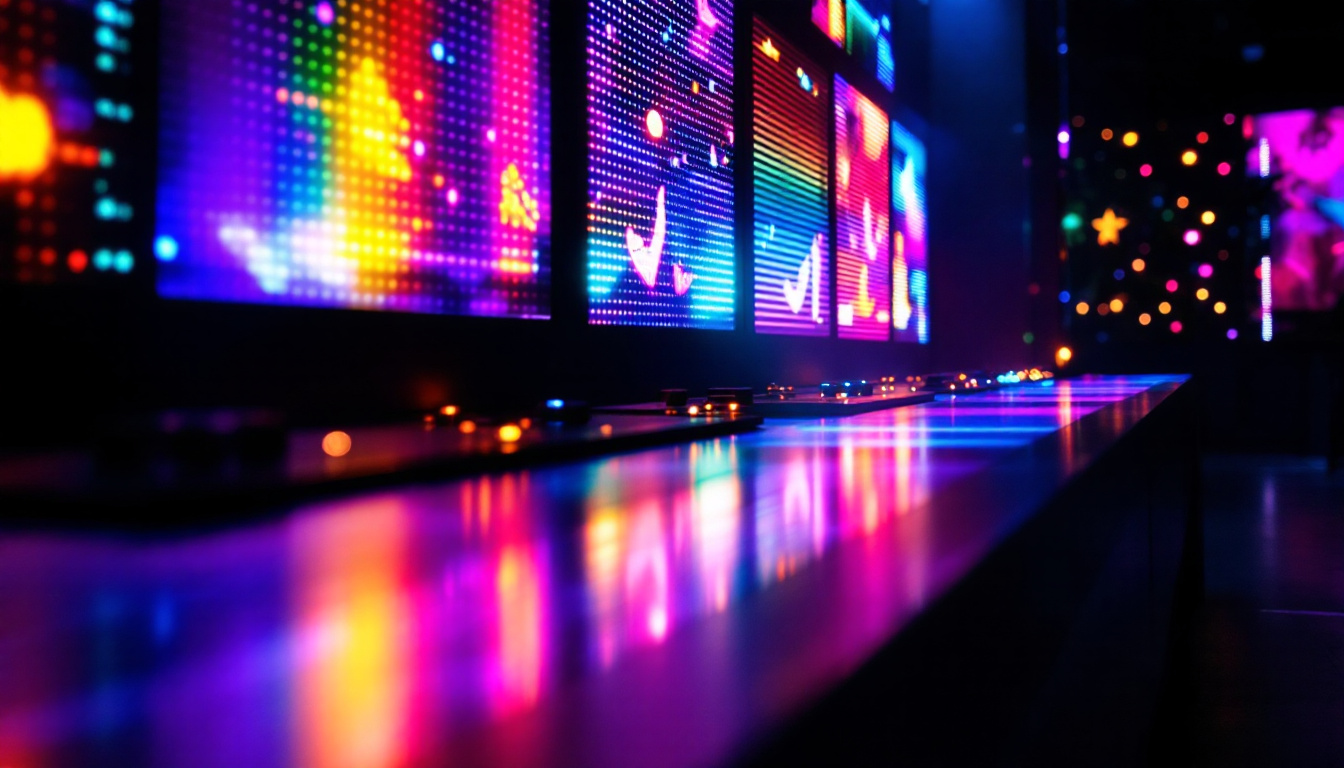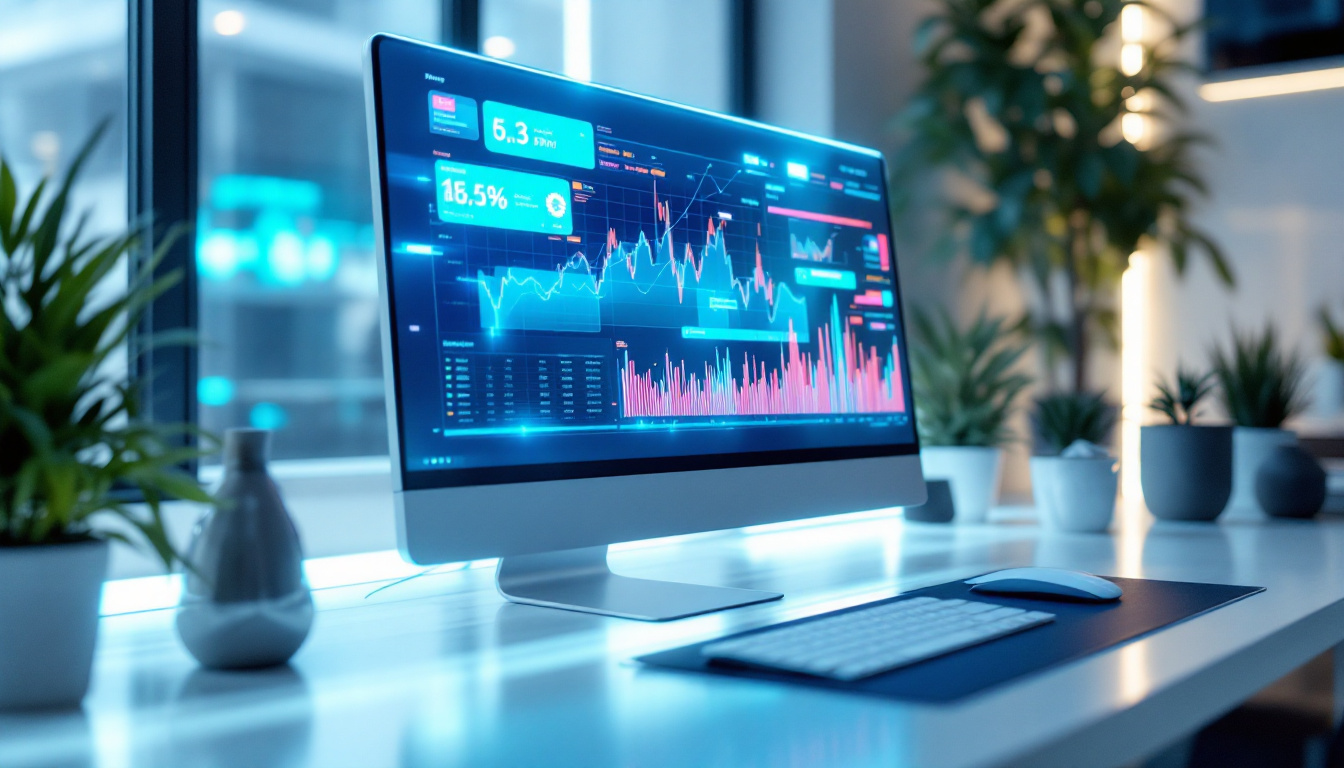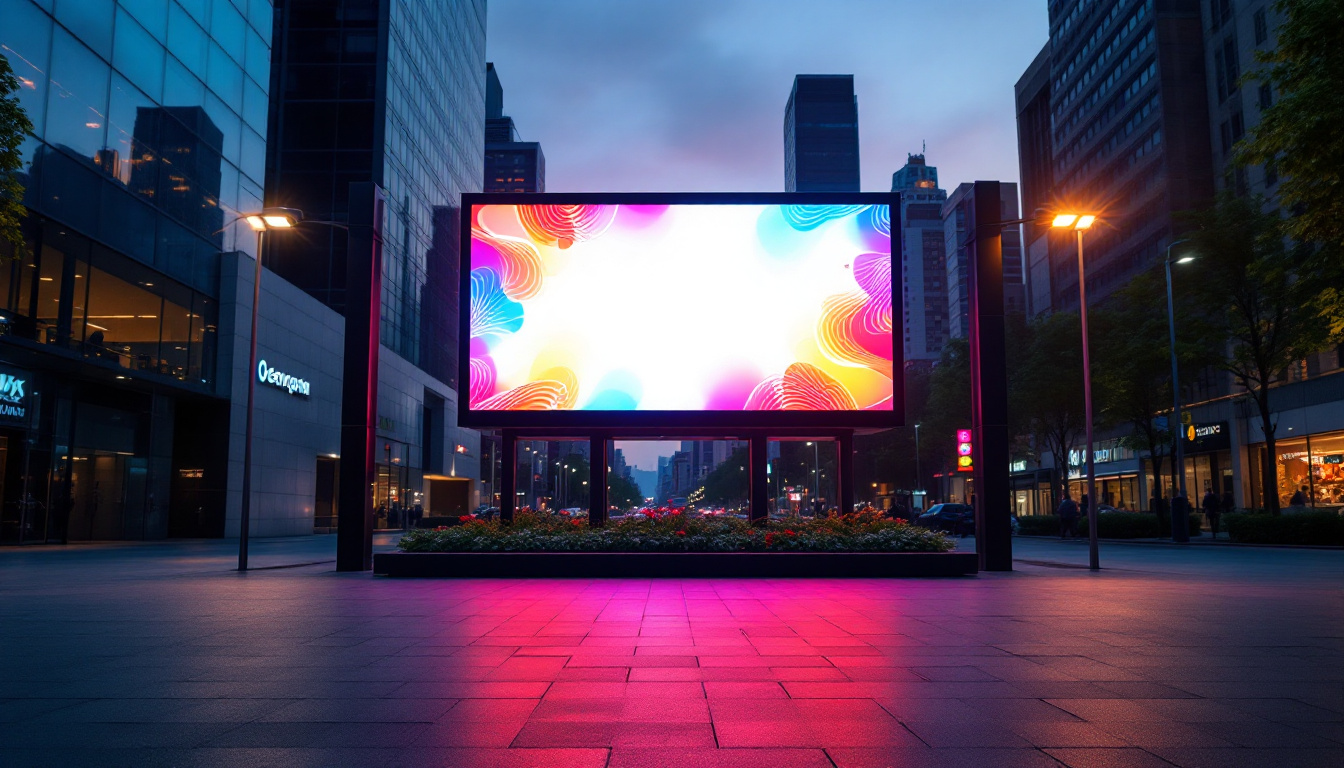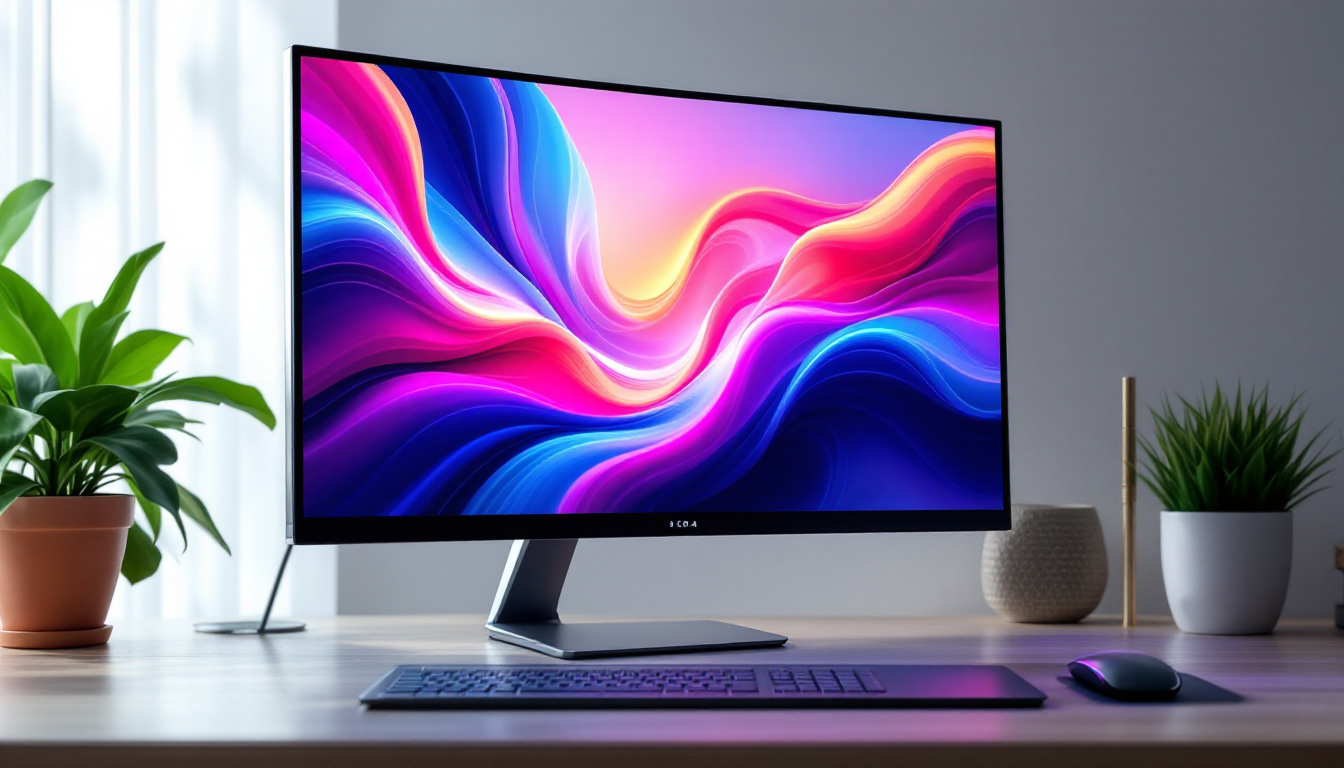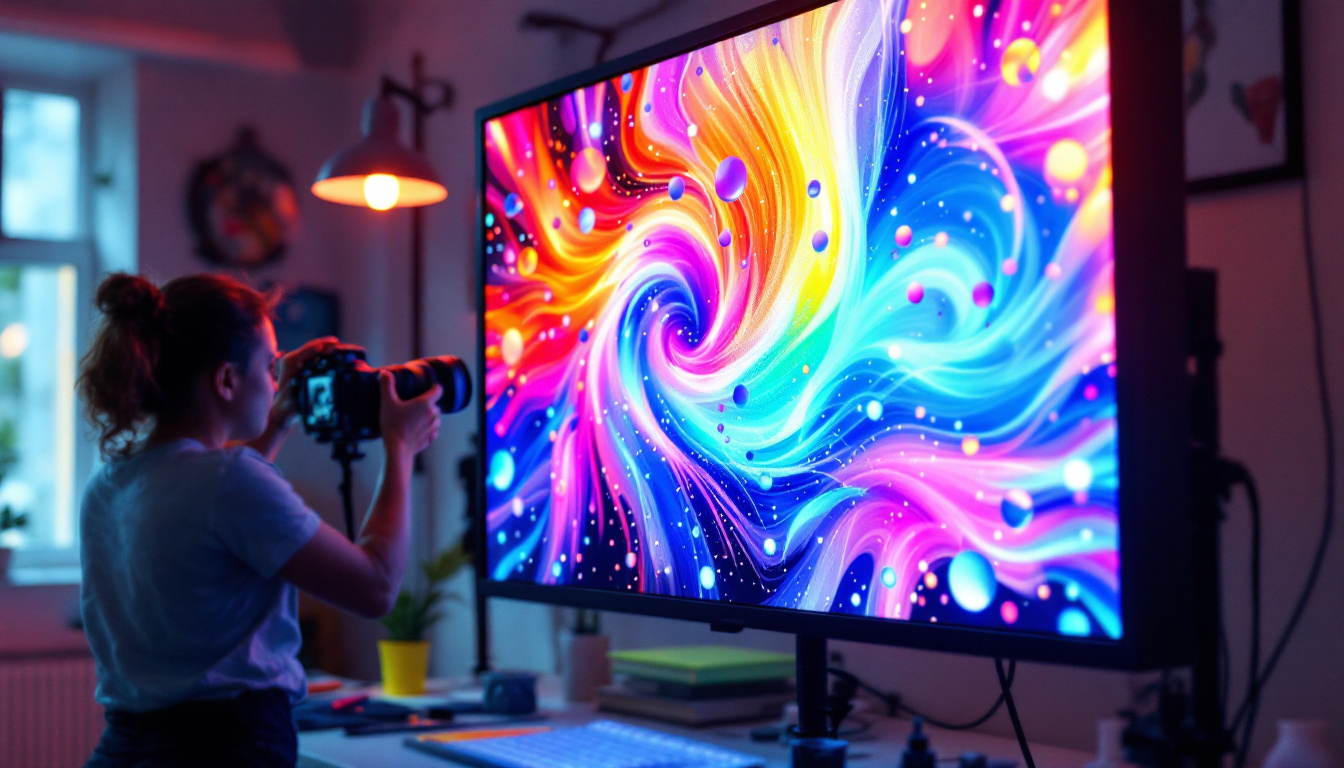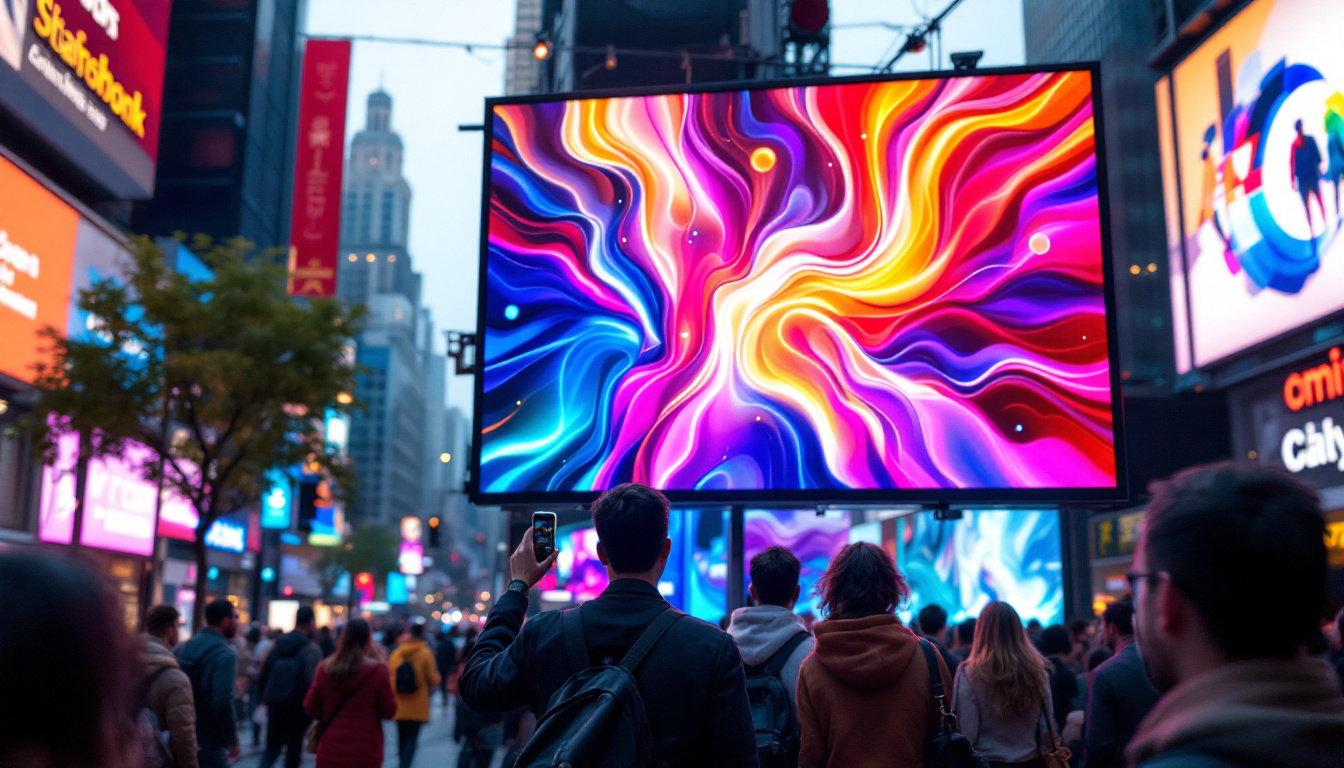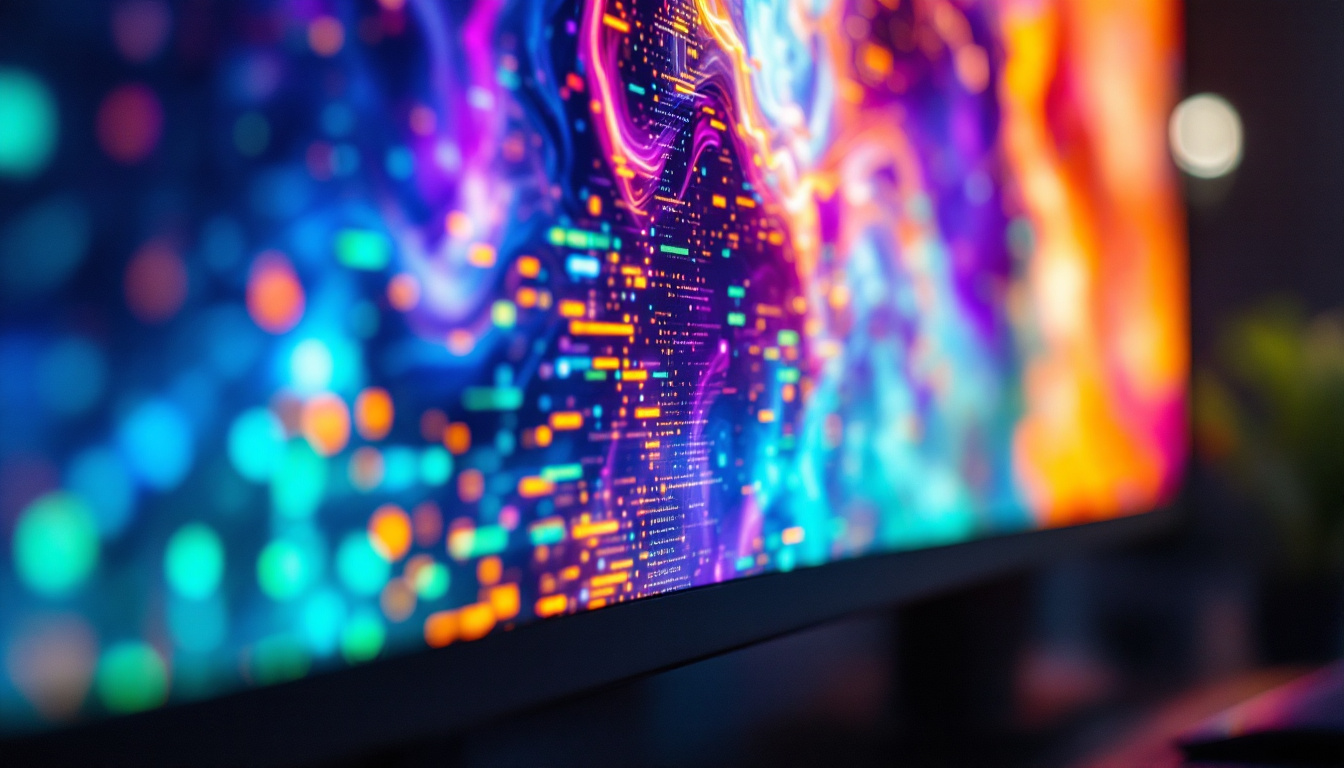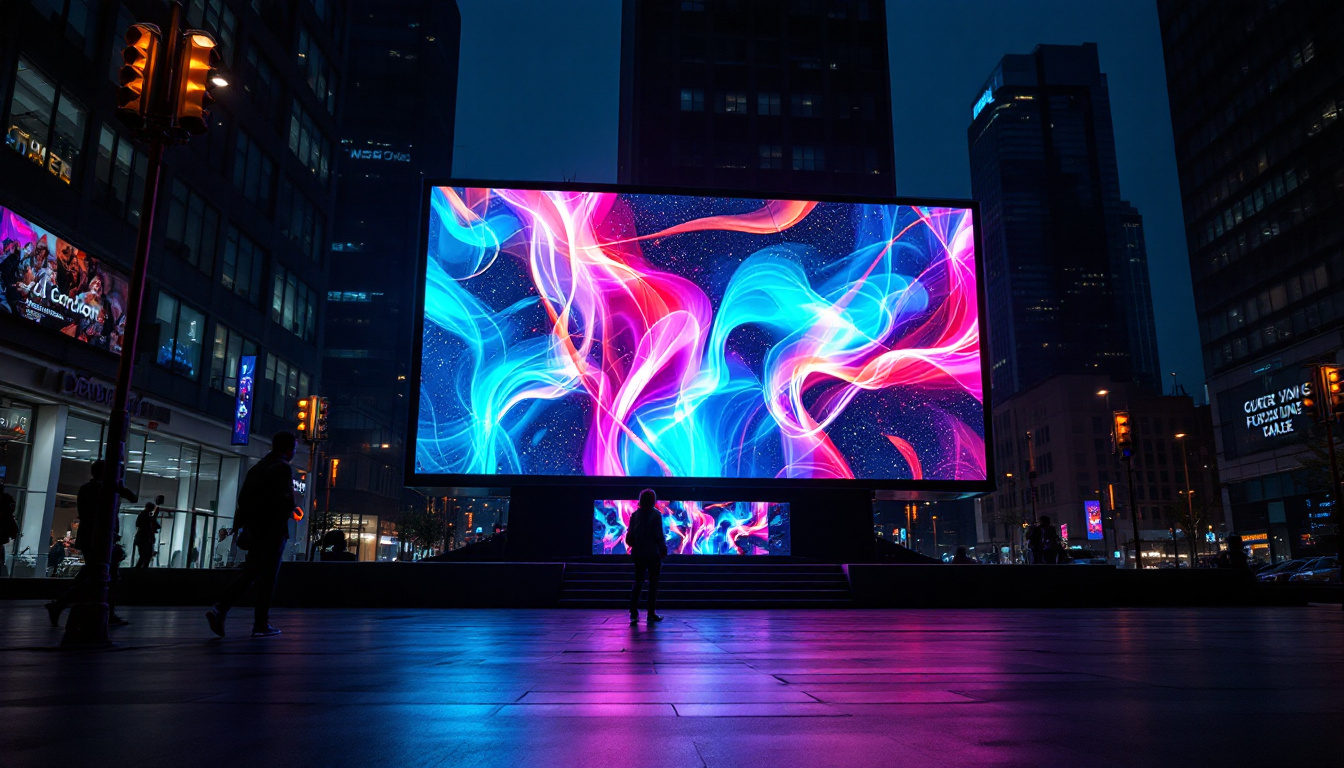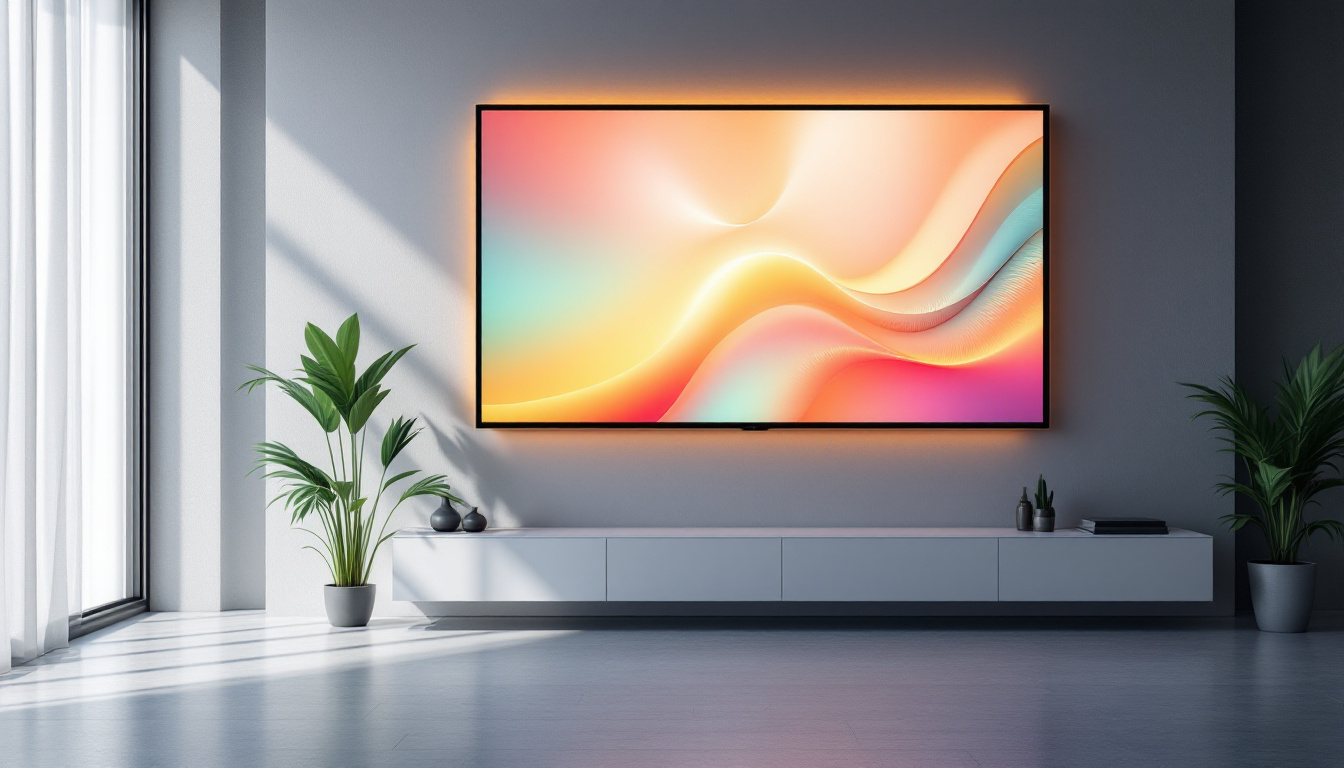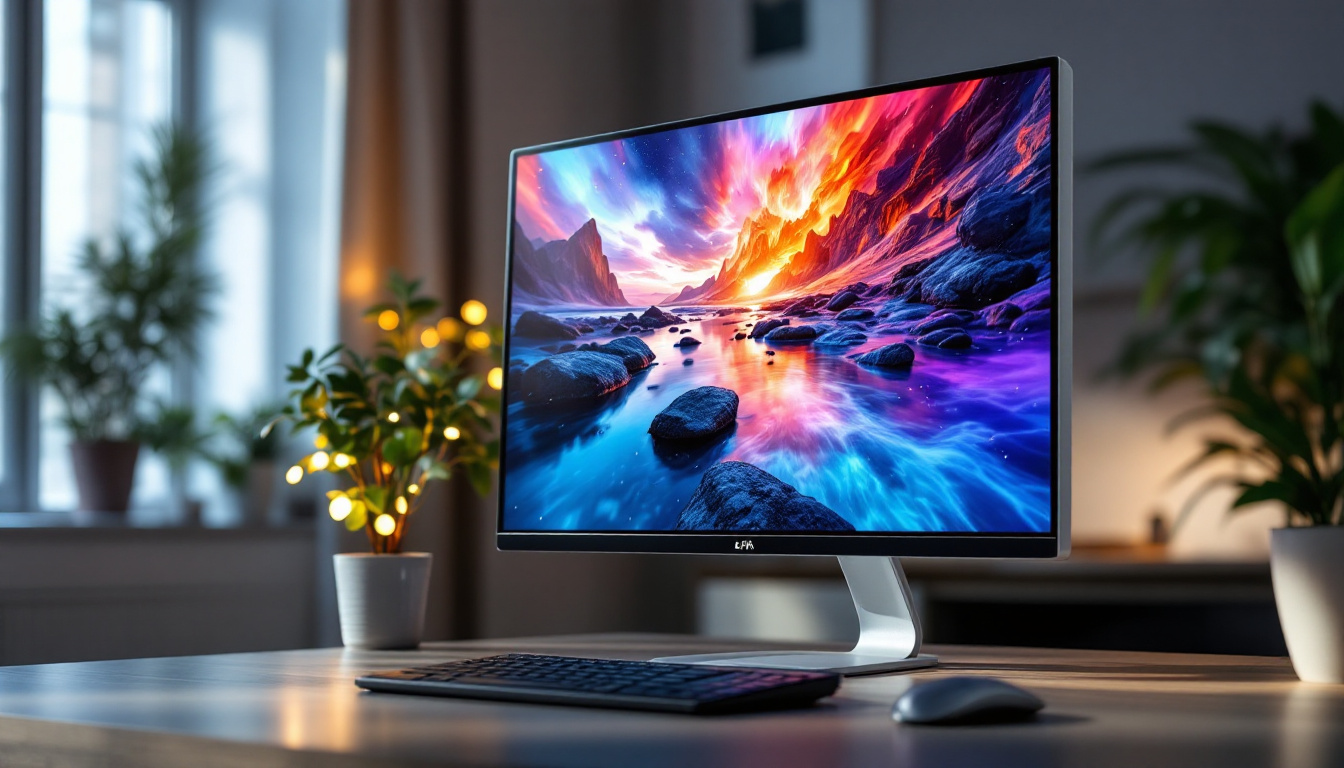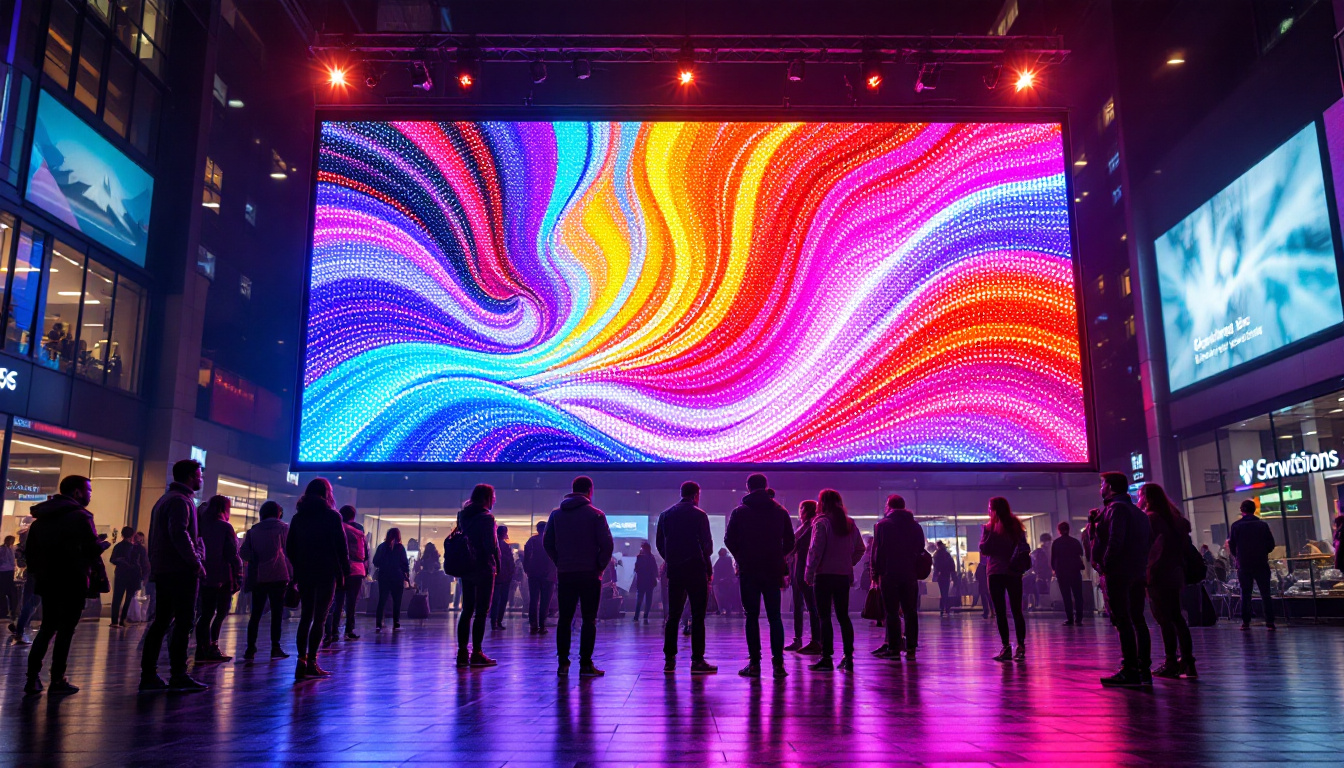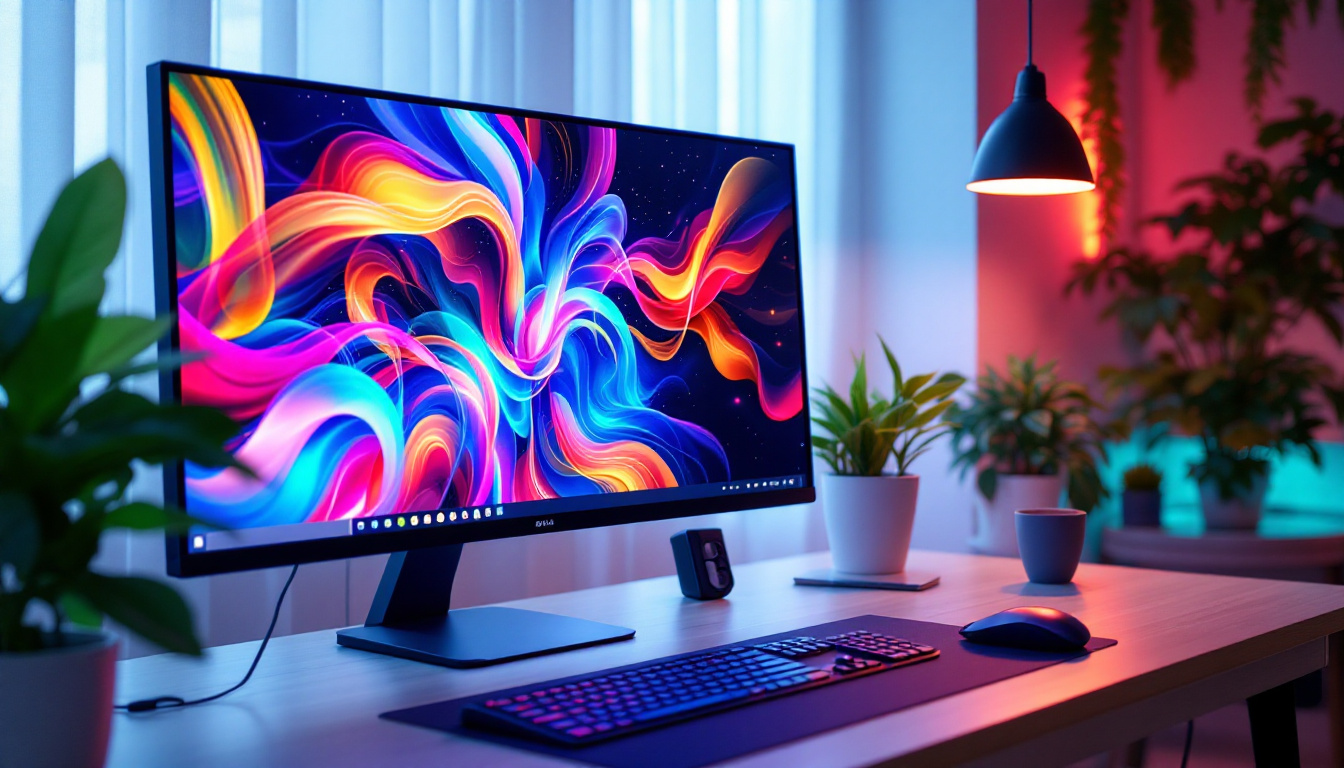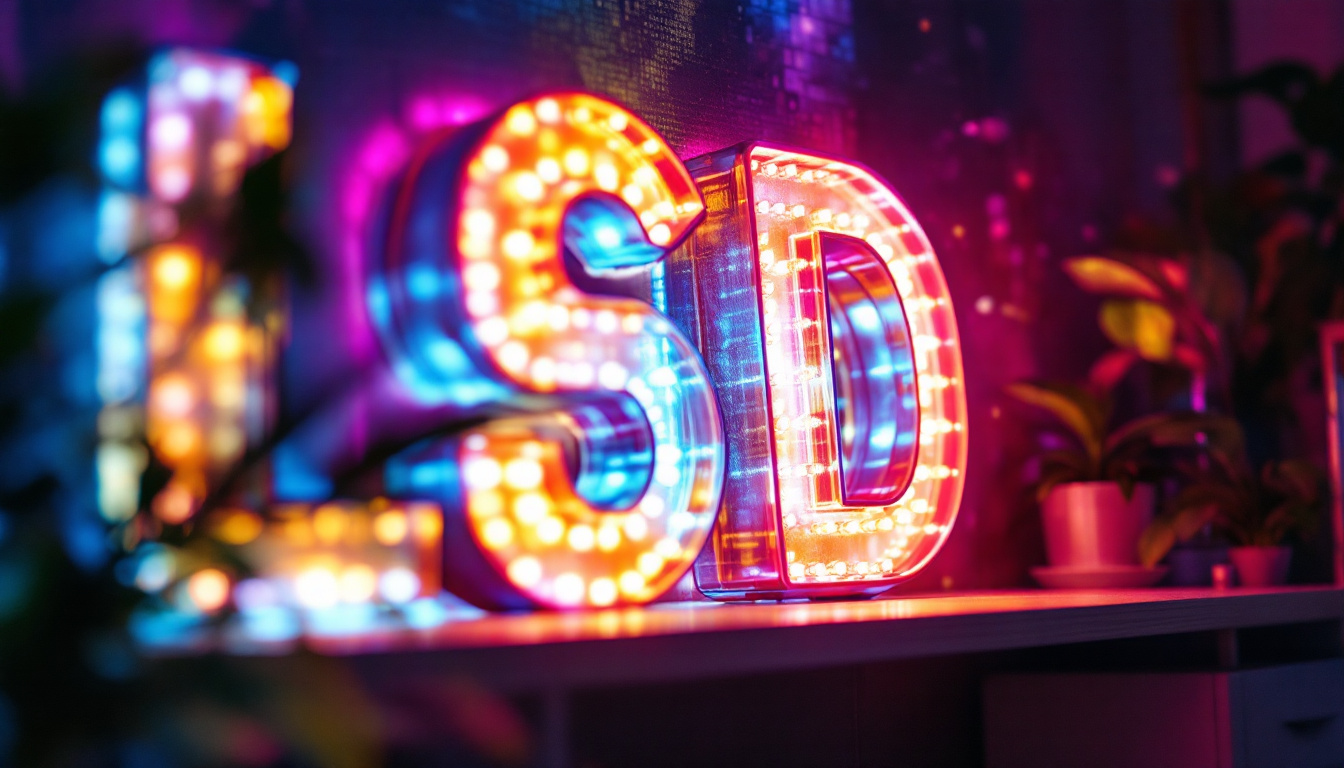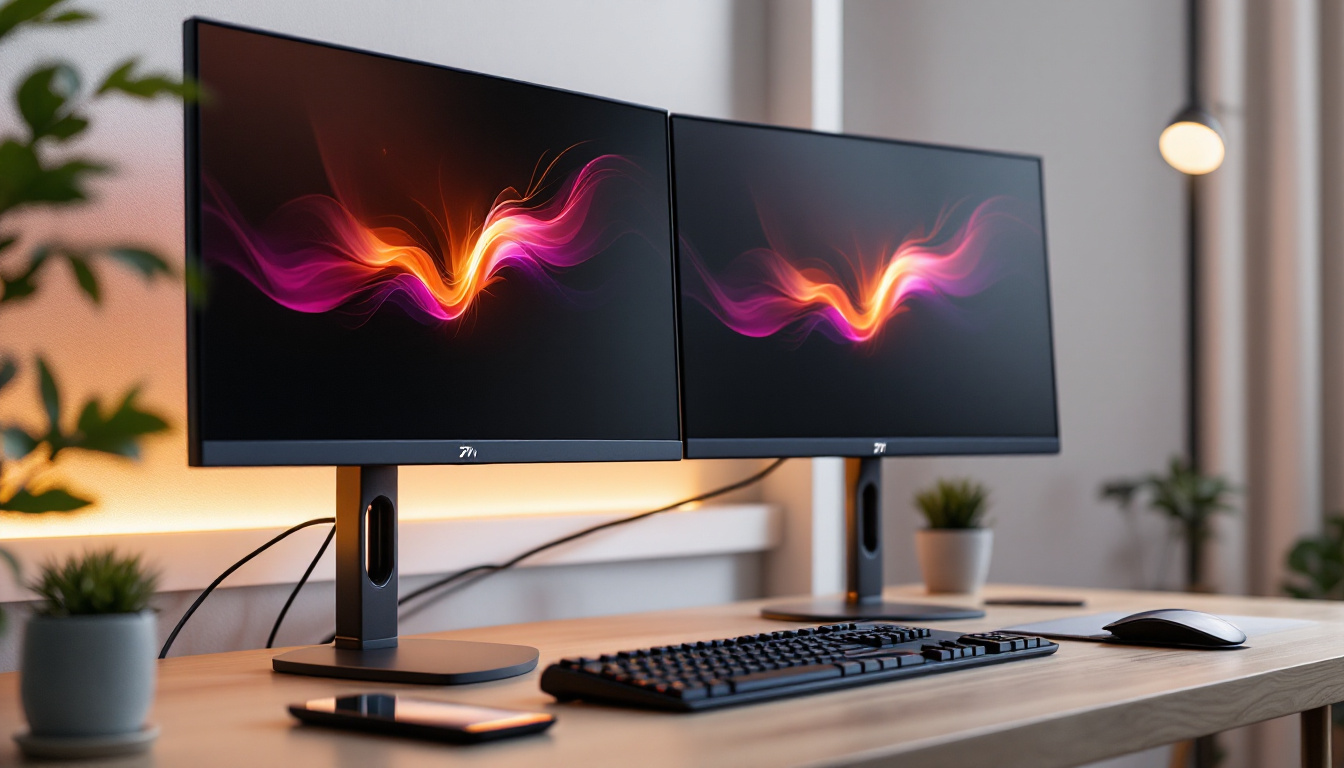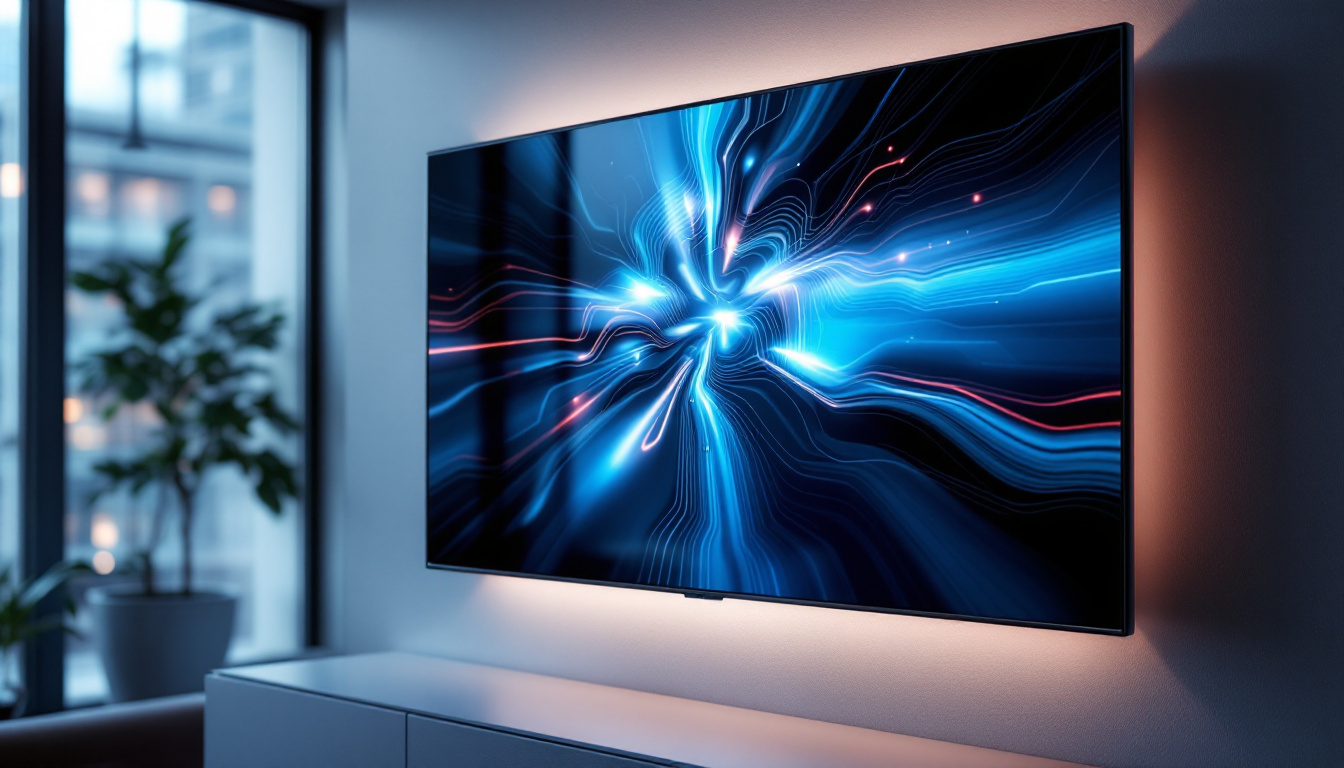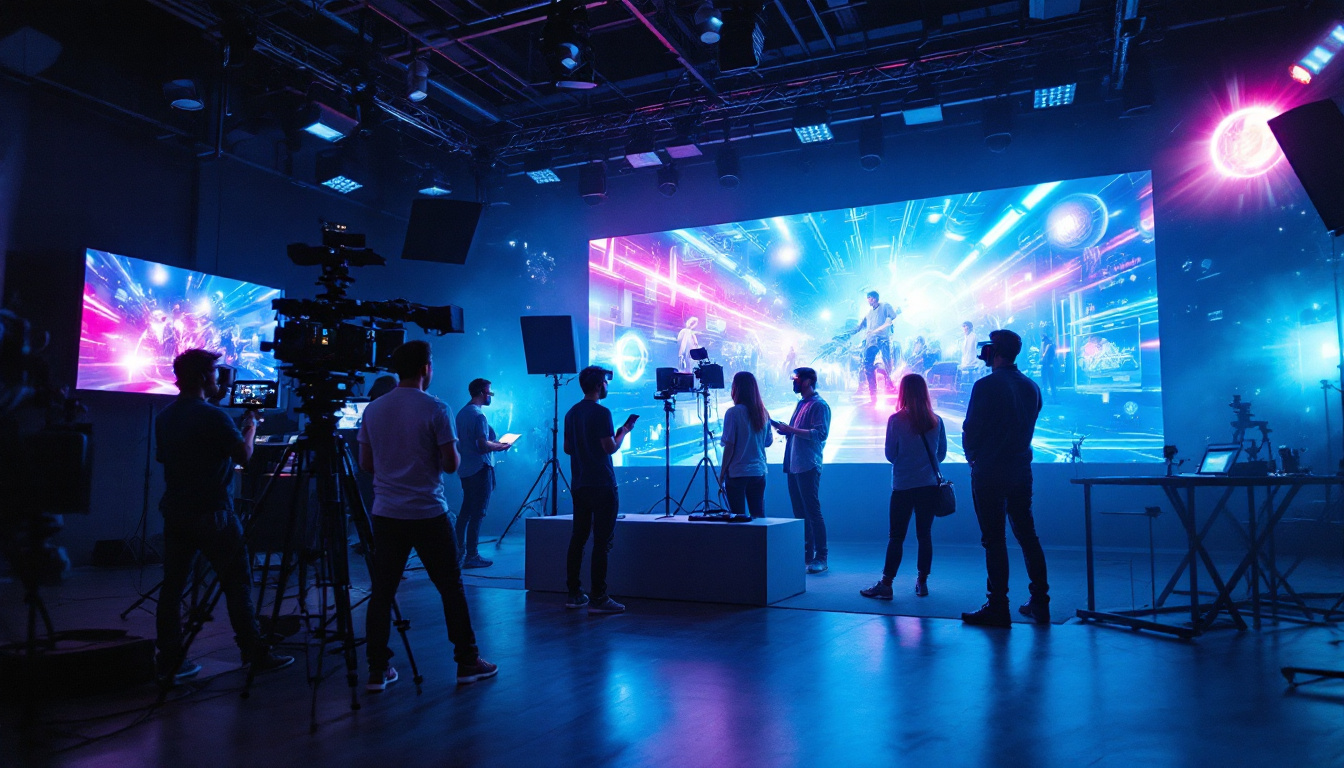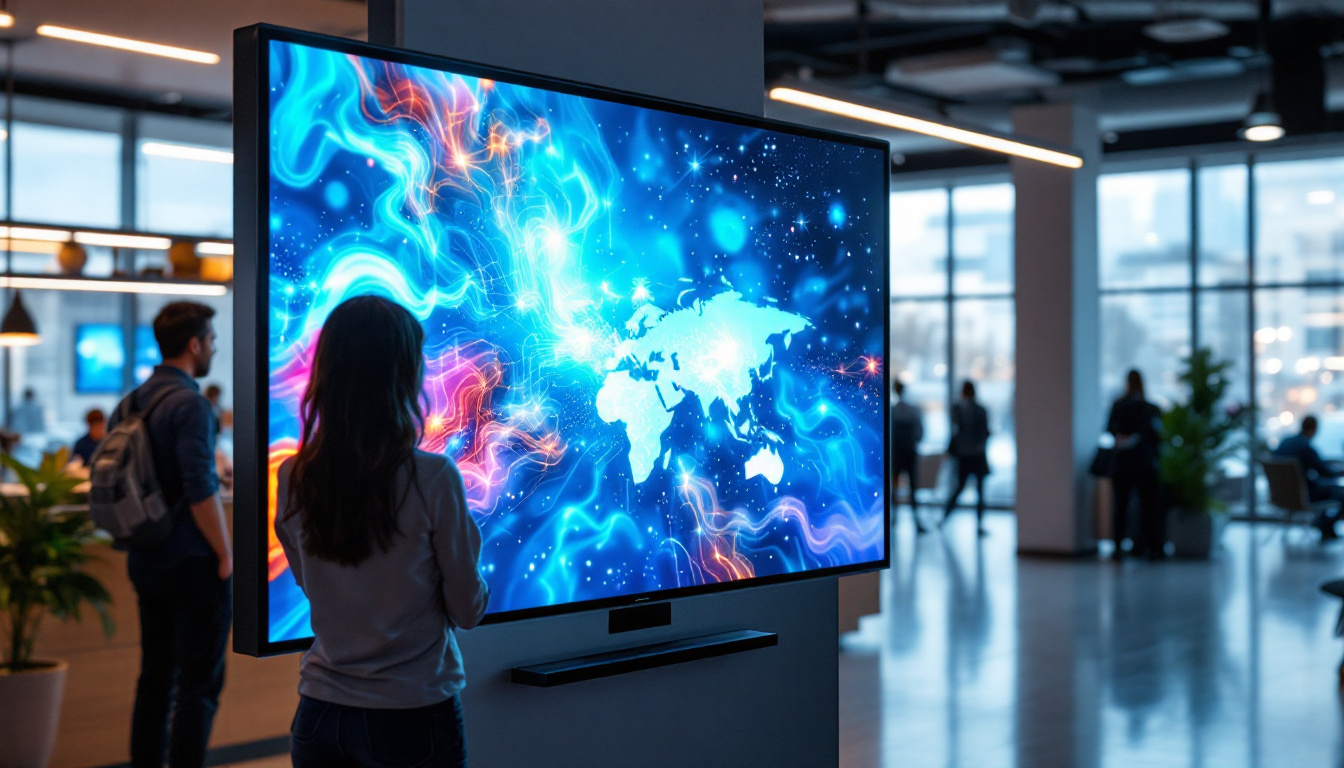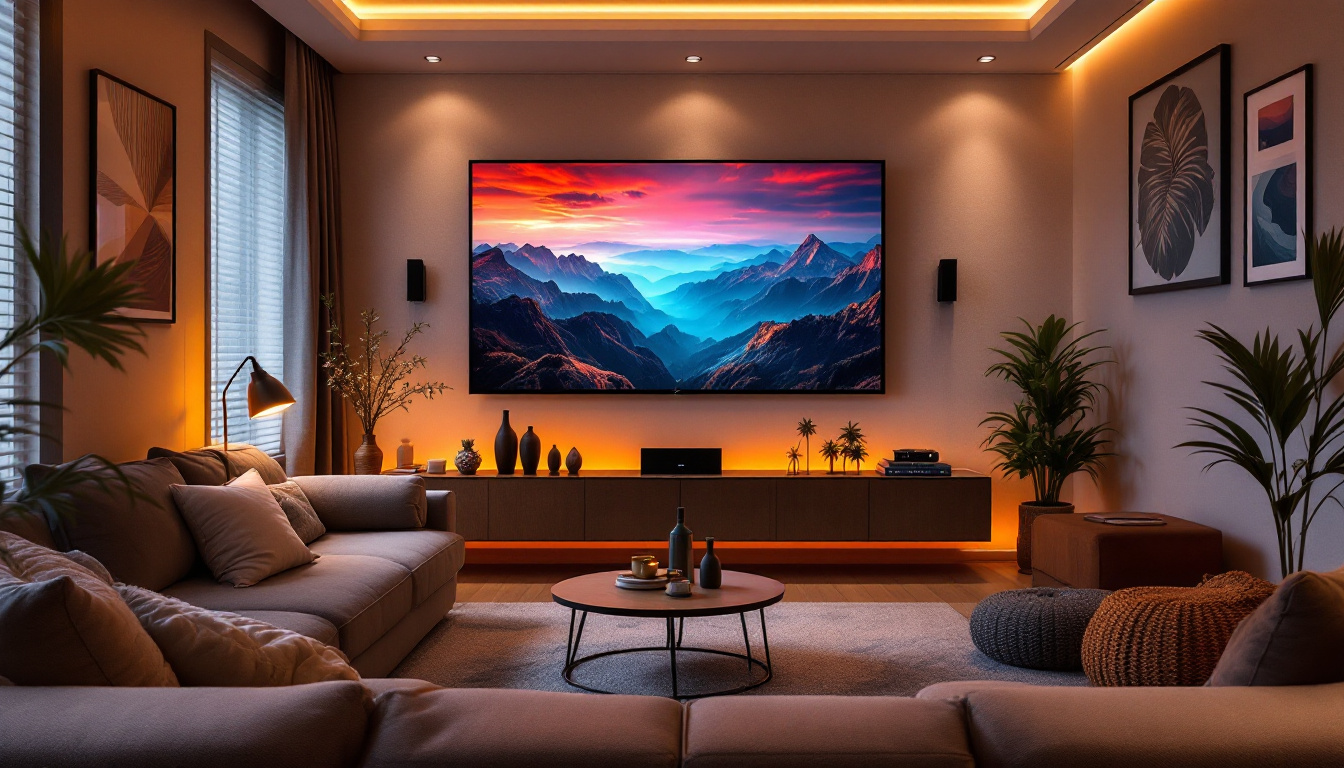In recent years, touchscreen monitors have revolutionized the way users interact with computers and other digital devices. These monitors combine the functionality of traditional displays with the intuitive nature of touch-based navigation. Among the various technologies used in touchscreen monitors, LED (Light Emitting Diode) displays have gained significant popularity. This article delves into the intricacies of touchscreen monitors with LED displays, exploring their technology, advantages, applications, and future trends.
Understanding Touchscreen Technology
Touchscreen technology has evolved dramatically since its inception. At its core, a touchscreen monitor allows users to interact directly with what is displayed on the screen, eliminating the need for a mouse or keyboard. This direct interaction can enhance user experience, making it more intuitive and engaging. Over the years, touchscreens have transitioned from simple resistive models to sophisticated capacitive screens that can recognize multiple touch points simultaneously, paving the way for a more dynamic interaction with digital content.
Types of Touchscreen Technology
There are several types of touchscreen technologies, each with its unique advantages and applications. The most common types include resistive, capacitive, and infrared touchscreens. Resistive touchscreens are made of multiple layers that register touch through pressure, making them suitable for environments where users may wear gloves. Capacitive touchscreens, on the other hand, use the electrical properties of the human body to detect touch, offering a more responsive experience. Infrared touchscreens utilize light beams to detect touch, allowing for multi-touch capabilities.
Each type of touchscreen technology has its strengths and weaknesses, making them suitable for different applications. For instance, resistive screens are often found in industrial settings, while capacitive screens are prevalent in smartphones and tablets due to their high sensitivity and clarity. Furthermore, advancements in technology have led to the emergence of hybrid touchscreens that combine the best features of both resistive and capacitive systems, enabling versatility in various environments, from retail kiosks to advanced medical devices.
How Touchscreens Work
The functioning of a touchscreen monitor involves a combination of hardware and software. When a user touches the screen, the monitor detects the touch through its underlying technology. This information is then processed by the device’s operating system, which translates the touch into a command, such as opening an application or selecting an item. The responsiveness of a touchscreen is crucial, as it directly affects user satisfaction and efficiency in tasks.
In LED displays, the technology is further enhanced by the use of light-emitting diodes. These diodes produce bright, vibrant colors and sharp images, contributing to an overall superior visual experience. The combination of touchscreen capabilities with LED technology creates a powerful tool for both personal and professional use. Moreover, the integration of advanced features like haptic feedback can simulate physical sensations when interacting with the screen, adding another layer of immersion. This technology is particularly beneficial in gaming and virtual reality applications, where tactile responses can significantly enhance the user experience, making interactions feel more lifelike and engaging.
The Advantages of LED Touchscreen Monitors
LED touchscreen monitors offer several advantages that make them a preferred choice for various applications. Their benefits extend beyond just the touch functionality, encompassing aspects of performance, energy efficiency, and design.
Enhanced Visual Quality
One of the most notable advantages of LED displays is their superior visual quality. LED technology provides higher brightness levels, better contrast ratios, and more vibrant colors compared to traditional LCD screens. This enhanced visual quality is particularly beneficial in environments where clarity and detail are crucial, such as graphic design, video editing, and gaming.
Moreover, LED displays have a wider viewing angle, which means that images remain clear and colors accurate even when viewed from the side. This feature is especially advantageous in collaborative settings, such as classrooms and conference rooms, where multiple users may need to view the screen simultaneously.
Energy Efficiency
Energy efficiency is another significant advantage of LED touchscreen monitors. LED technology consumes less power than traditional display technologies, which not only reduces electricity costs but also contributes to a smaller carbon footprint. This aspect is particularly appealing to businesses looking to implement sustainable practices in their operations.
Furthermore, the longevity of LED displays means that they require less frequent replacements, further enhancing their cost-effectiveness over time. This durability makes them a wise investment for both personal and professional use.
Versatility and Applications
LED touchscreen monitors are incredibly versatile, finding applications across various industries. In retail, they are used for interactive displays that enhance customer engagement. In education, they serve as interactive whiteboards, facilitating a more dynamic learning environment. Additionally, in healthcare, they are employed for patient check-ins and information displays, streamlining processes and improving patient experiences.
The adaptability of LED touchscreen monitors makes them suitable for a wide range of environments, from corporate offices to public spaces. Their ability to integrate with various software and hardware solutions further enhances their functionality, making them an essential tool in today’s digital landscape.
Key Features of LED Touchscreen Monitors
When considering an LED touchscreen monitor, several key features should be taken into account. These features can significantly impact the overall user experience and the monitor’s suitability for specific applications.
Touch Sensitivity and Accuracy
Touch sensitivity refers to how well a touchscreen responds to user input. High-quality LED touchscreen monitors offer excellent sensitivity, allowing for precise touch recognition. This is particularly important in applications requiring intricate gestures or multi-touch capabilities, such as graphic design or gaming.
Accuracy is equally vital; a monitor that misinterprets touch inputs can lead to frustration and decreased productivity. Therefore, investing in a monitor with advanced touch technology is essential for ensuring a seamless user experience.
Screen Size and Resolution
The size and resolution of an LED touchscreen monitor can greatly influence its usability. Larger screens provide more workspace, making them ideal for tasks that require multiple applications to be open simultaneously. High-resolution displays enhance clarity, ensuring that text and images are sharp and easy to read.
For professional environments, a monitor with a resolution of at least 1080p is recommended, while graphic designers and gamers may benefit from even higher resolutions, such as 4K. The right combination of size and resolution can significantly enhance productivity and user satisfaction.
Connectivity Options
Modern LED touchscreen monitors come equipped with a variety of connectivity options, including HDMI, USB, and DisplayPort. These options allow users to connect their monitors to various devices, such as computers, laptops, and media players.
Additionally, some monitors offer wireless connectivity, enabling users to connect their devices without the need for cables. This feature adds convenience and flexibility, particularly in collaborative environments where multiple users may need to connect to the monitor simultaneously.
Challenges and Considerations
While LED touchscreen monitors offer numerous advantages, there are also challenges and considerations to keep in mind. Understanding these factors can help users make informed decisions when selecting a monitor for their needs.
Cost Implications
One of the primary challenges associated with LED touchscreen monitors is their cost. Generally, these monitors are more expensive than traditional displays due to the advanced technology involved. For businesses operating on tight budgets, this can be a significant consideration.
However, it is essential to weigh the initial investment against the long-term benefits, such as energy savings, durability, and enhanced productivity. In many cases, the advantages of LED touchscreen monitors can justify the higher upfront costs.
Maintenance and Care
Like any electronic device, LED touchscreen monitors require proper maintenance to ensure optimal performance. Regular cleaning of the screen is necessary to prevent smudges and fingerprints from affecting visibility. Additionally, users should be cautious about using excessive force when touching the screen, as this can lead to damage over time.
Moreover, keeping the monitor’s software updated is crucial for maintaining compatibility with various applications and ensuring security. Users should also be aware of the warranty and support options available for their monitors, as these can vary significantly between manufacturers.
The Future of LED Touchscreen Monitors
The future of LED touchscreen monitors looks promising, with ongoing advancements in technology paving the way for even more innovative solutions. As user demands evolve, manufacturers are continually exploring new features and enhancements to meet these needs.
Integration with Emerging Technologies
One of the most exciting prospects for LED touchscreen monitors is their integration with emerging technologies such as augmented reality (AR) and virtual reality (VR). These technologies have the potential to transform how users interact with digital content, creating immersive experiences that were previously unimaginable.
As AR and VR continue to gain traction, LED touchscreen monitors may serve as essential interfaces for these technologies, allowing users to engage with digital environments in new and exciting ways. This integration could open up new possibilities for industries such as education, entertainment, and design.
Enhanced User Experience
Future developments in LED touchscreen monitors are likely to focus on enhancing the user experience further. This may include improvements in touch sensitivity, response times, and overall performance. Additionally, advancements in display technology could lead to even brighter and more vibrant screens, making content more engaging and enjoyable to interact with.
Furthermore, the rise of artificial intelligence (AI) could lead to smarter touchscreen monitors that adapt to user preferences and behaviors, creating a more personalized experience. These innovations will undoubtedly shape the future landscape of touchscreen technology.
Conclusion
Touchscreen monitors with LED displays represent a significant advancement in display technology, offering a unique blend of functionality, visual quality, and versatility. As users increasingly seek intuitive and engaging ways to interact with digital content, the demand for these monitors is expected to grow.
By understanding the technology behind LED touchscreen monitors, their advantages, and their potential applications, users can make informed decisions that enhance their productivity and overall experience. As technology continues to evolve, LED touchscreen monitors will undoubtedly play a crucial role in shaping the future of human-computer interaction.
Discover the Future of Interactive Displays with LumenMatrix
Ready to elevate your interactive experience with the latest in LED display technology? LumenMatrix is at the forefront of innovation, offering a wide array of LED display solutions that cater to your unique needs. From mesmerizing Indoor LED Walls to dynamic Outdoor LED Displays, and from versatile Vehicle LED Displays to sleek LED Poster Displays, our products are designed to captivate and engage. Embrace the future with our LED Sports Displays, interactive Floor LED Displays, and the revolutionary All-in-One LED Display. Experience transparency like never before with our LED Transparent Display, and let us tailor a Custom LED Display that perfectly fits your vision. Don’t miss the opportunity to transform your visual communication. Check out LumenMatrix LED Display Solutions today and step into a world where engagement and clarity redefine your brand’s message.

